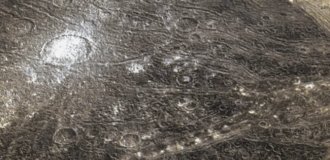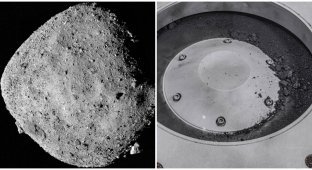Designers reconstructed Dante's face based on his skull (7 photos)
Dante Alighieri (1265-1321) is a classic of Western literature and the author of The Divine Comedy, which describes a journey to heaven, hell and purgatory. The researchers decided to recreate his appearance by reconstructing his face from the skull. And this is what they came up with. 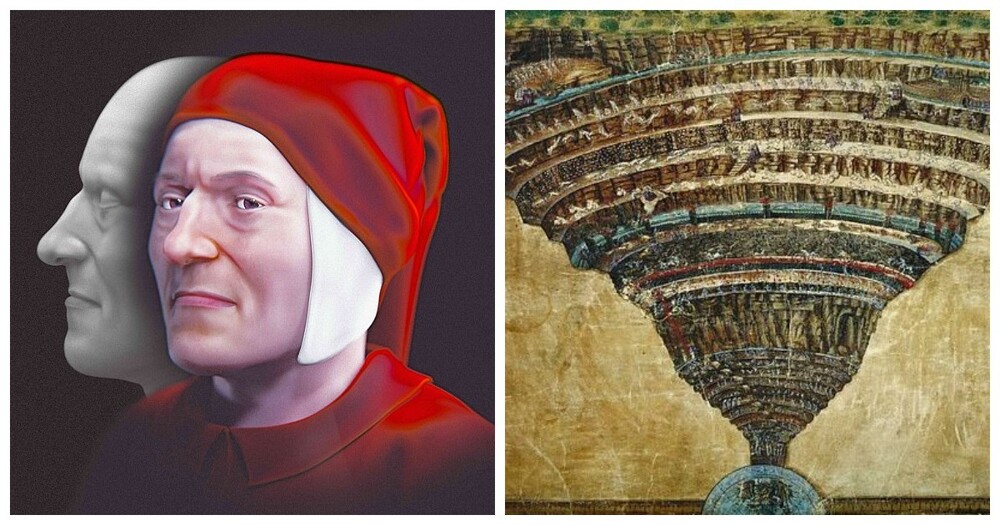
Hell, as described by Dante, consists of nine circles in which criminals and sinners receive more than retribution for their misdeeds during life. This artistic interpretation of hell became the standard and, in fact, still is.
Unfortunately, Dante's appearance has always been known only approximately, because the most popular paintings of him appeared many years after his death. However, a new study has managed to shed light on this mystery. Facial reconstruction specialists used Dante's skull to digitally recreate his appearance and achieved excellent results.
This is what the man who created our idea of hell looked like 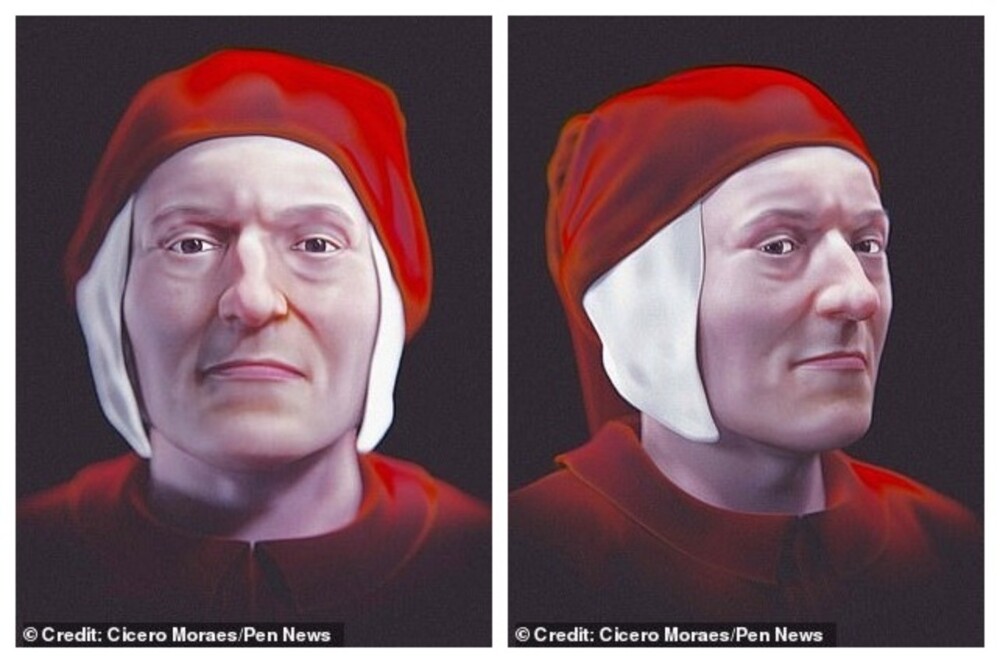
Nine circles of hell according to Dante 
Brazilian 3D designer and facial reconstruction specialist Cicero Morais, the lead author of the study, explained why traditional images of the poet did not live up to expectations.
“Most of them are based on information contained in Boccaccio’s biography of Dante,” he explained. - Namely, that he was a man of average height, slightly stooped, with a long face, an aquiline nose with a hump and eyes that were rather large than small.
However, Boccaccio did not know Dante personally and collected information from people close to the poet and who lived with him. Our reconstruction does not seem to contradict his descriptions, but is more accurate: we strive to do exactly what the skull bones indicate." 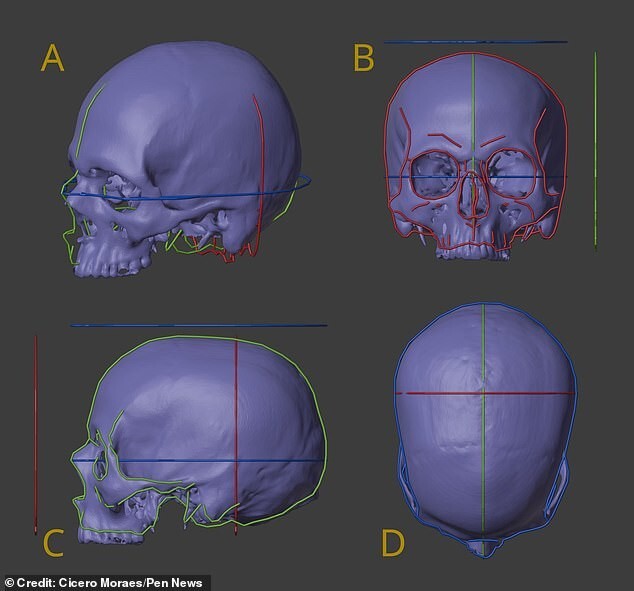
The authors began by digitally recreating the Italian poet's skull, using an analysis of his 1921 bones, supplemented by data from a 2007 paper on his face.
“Then we started approximating the face,” Morais continues. “The process is to create a series of projections based on statistical data obtained from tomography and ultrasound analysis, and intersect them with the anatomical deformation.” 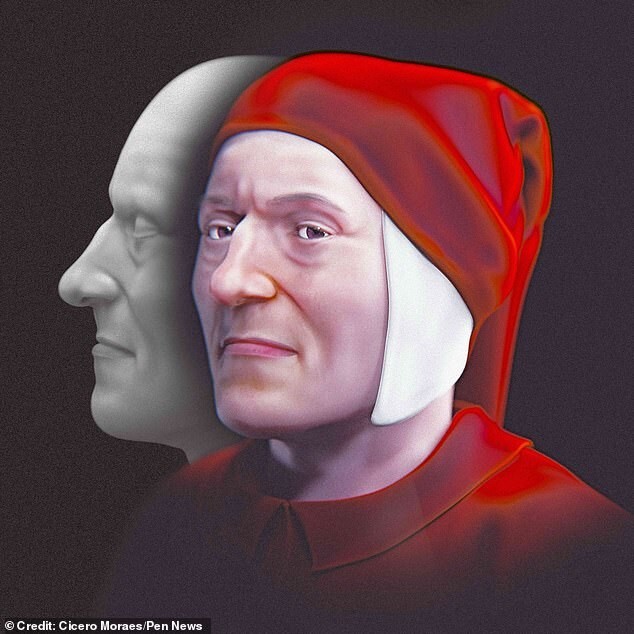
“Anatomical deformation is when the digitized face of a living donor is deformed until it fits the given skull. Then we get "a face compatible with the face of the poet during his lifetime."
Two sets of images were created: one objective, grayscale, with no hair and eyes closed. The other is in color and with subjective elements such as the color of eyes, skin and clothing, in accordance with the most famous images.”
Dante was unfortunately expelled from his native Florence in 1302 and died in Ravenna in 1321. According to Morais, the result of their reconstruction shows the face of an exhausted man. “This is the face of a man of genius, but embittered by exile,” he added.
Dante (in the red hood) on his journey to hell, 1850, by William-Adolphe Bouguereau 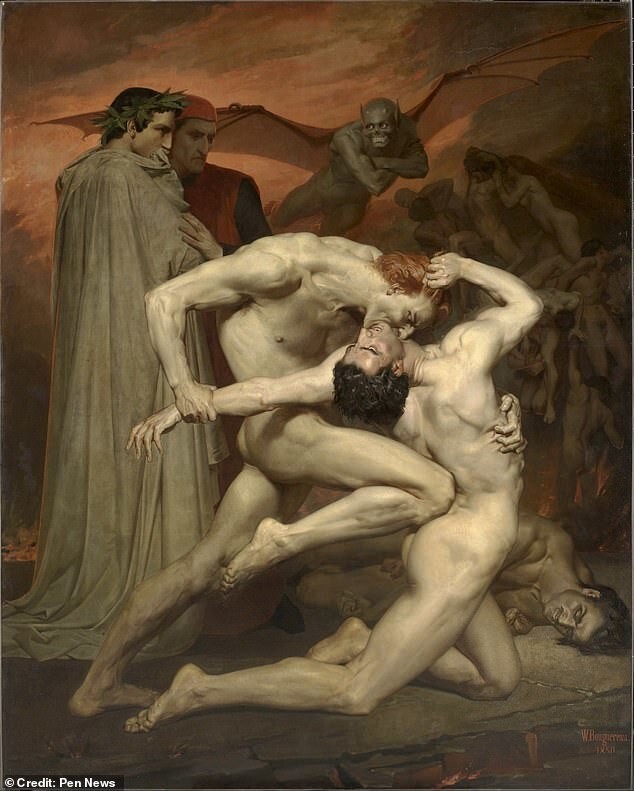
The project also found that Dante, often called the father of the Italian language, had a larger-than-average skull.
“There is a lot of debate about whether a larger brain makes a person more intelligent,” said the study's author. “Even if we do not take this approach into account, the fact remains: Dante’s works belonged to a man of genius. They carried a universality that influenced not only world literature, but also the organization of language. And even, with a slight exaggeration, to create the Italian nation.” 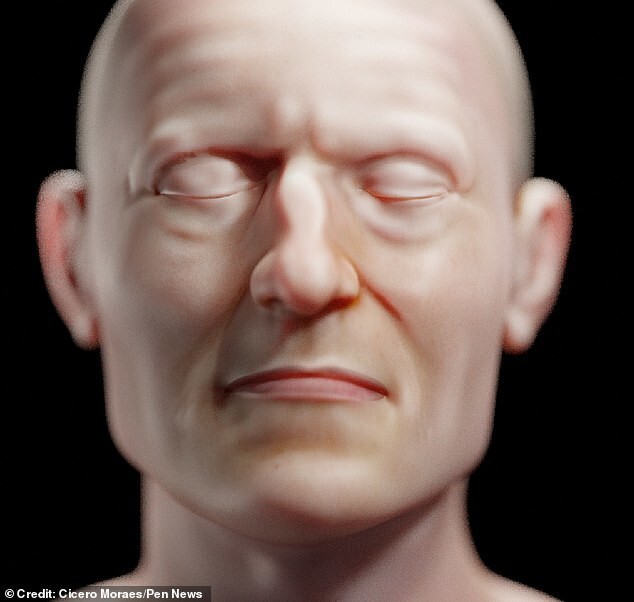
“It was an honor to work on this project; my great-grandparents were Italian, and my mother spoke the language of the region until she was 17,” Morais concluded. “Reconstructing Dante’s face is, in a way, an homage to my own family history.”
Cicero Morais and his co-author, Thiago Baney from the Federal University of Uberlandia, published their research in the 3D computer graphics journal OrtogOnLineMag.


